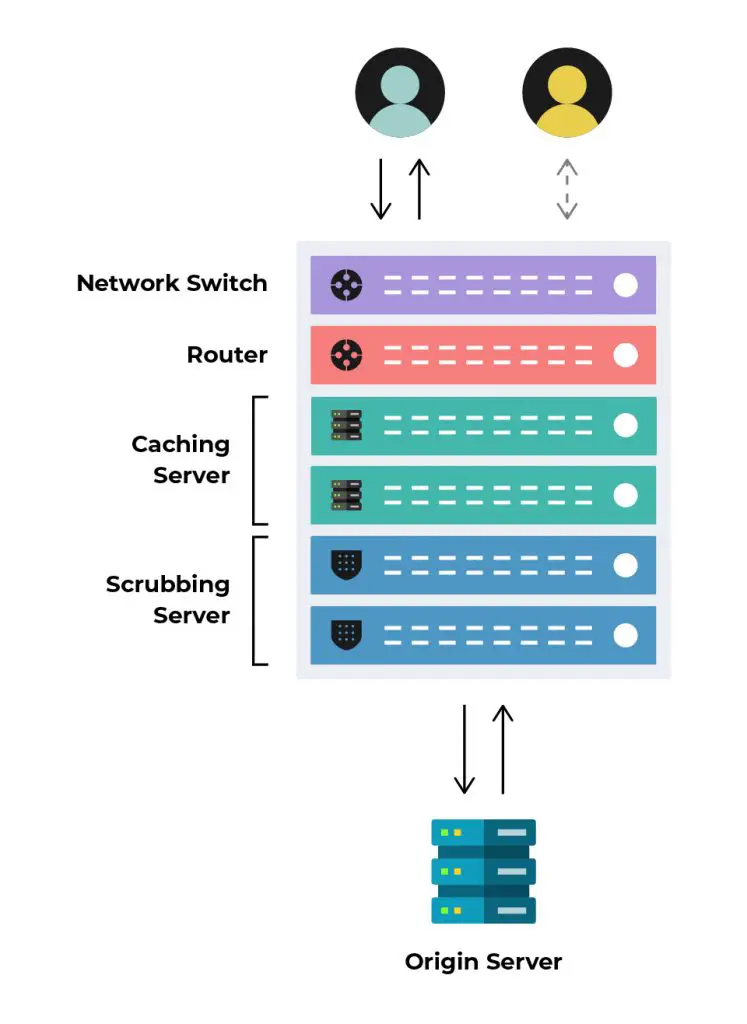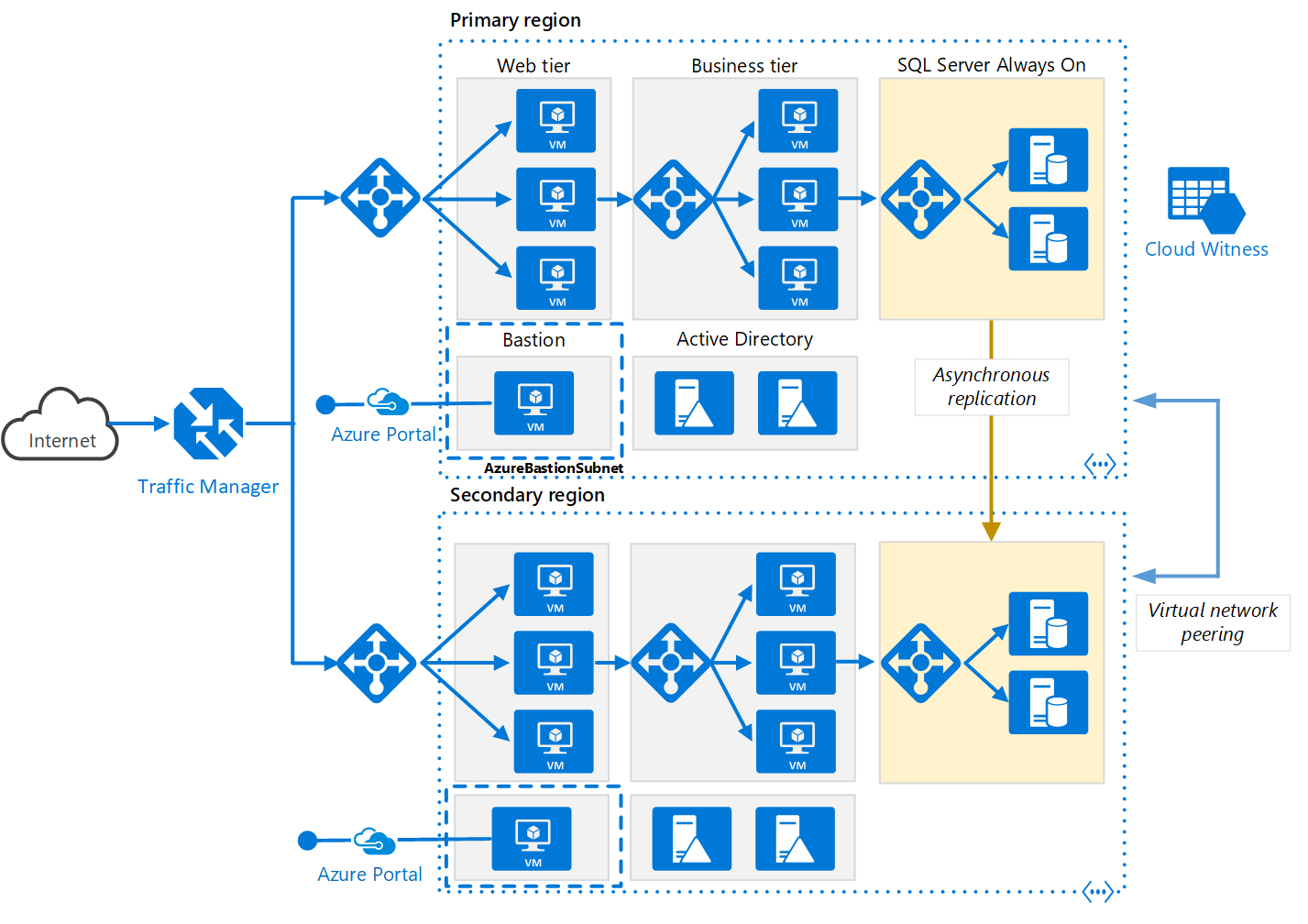Integrating CDN Services in Multi-Platform Content Strategies

Introduction
In an age of ubiquitous internet connectivity and content consumption across multiple devices, content delivery networks (CDNs) have become indispensable for multi-platform content strategies. CDNs accelerate the delivery of content to users by caching and distributing content closer to their location, reducing latency and improving the overall user experience.
Benefits of Integrating CDNs

- Reduced Latency: CDNs cache content at geographically dispersed locations, minimizing the distance between the user and the content server, resulting in faster load times.
- Improved Scalability: CDNs can handle high traffic loads without compromising performance, ensuring consistent and reliable access to content.
- Global Reach: CDNs have a global presence, allowing content to be delivered seamlessly to users worldwide.
- Content Security: CDNs provide built-in security features such as DDoS mitigation and malware detection, protecting content from malicious attacks.
- Cost Optimization: By reducing the load on origin servers and optimizing bandwidth usage, CDNs can help organizations reduce infrastructure and bandwidth costs.
Key Considerations

- Content Type: The type of content being delivered (e.g., video, audio, images, text) will influence the CDN’s performance requirements.
- Traffic Volume: The expected traffic volume will determine the CDN’s capacity and scalability needs.
- Geographic Distribution: The location of users and the geographic distribution of the CDN’s servers will impact content delivery latency.
- Security Requirements: The sensitivity and importance of the content will dictate the CDN’s security measures and compliance requirements.
- Cost: CDN pricing models vary depending on the features, capacity, and performance levels required.
Best Practices for Integration
- Identify High-Demand Content: Focus on caching frequently accessed content that drives the majority of traffic.
- Optimize Content for Delivery: Use appropriate file formats, compression techniques, and protocols to minimize content size and improve delivery efficiency.
- Monitor Performance: Regularly track CDN metrics such as latency, throughput, and error rates to ensure optimal performance.
- Integrate with Analytics Tools: Use CDN analytics to gain insights into user behavior and identify areas for further optimization.
- Partner with a Trusted CDN Provider: Choose a CDN provider with a reliable network, experienced support team, and a track record of performance and innovation.
Case Studies
- Netflix: Netflix uses a global CDN to deliver high-quality video content to its vast user base, significantly reducing buffering and enhancing the user experience.
- Amazon Prime Video: Amazon Prime Video leverages a highly scalable CDN to ensure fast and reliable streaming of its content amidst varying traffic demands.
- Spotify: Spotify employs a CDN to cache and distribute music files, resulting in faster load times and seamless audio playback.
Conclusion
Integrating CDN services into multi-platform content strategies is crucial for delivering a superior user experience, improving website performance, and optimizing costs. By carefully considering the key factors outlined above and implementing best practices, organizations can leverage the power of CDNs to enhance their content reach and connect with their audiences effectively.
